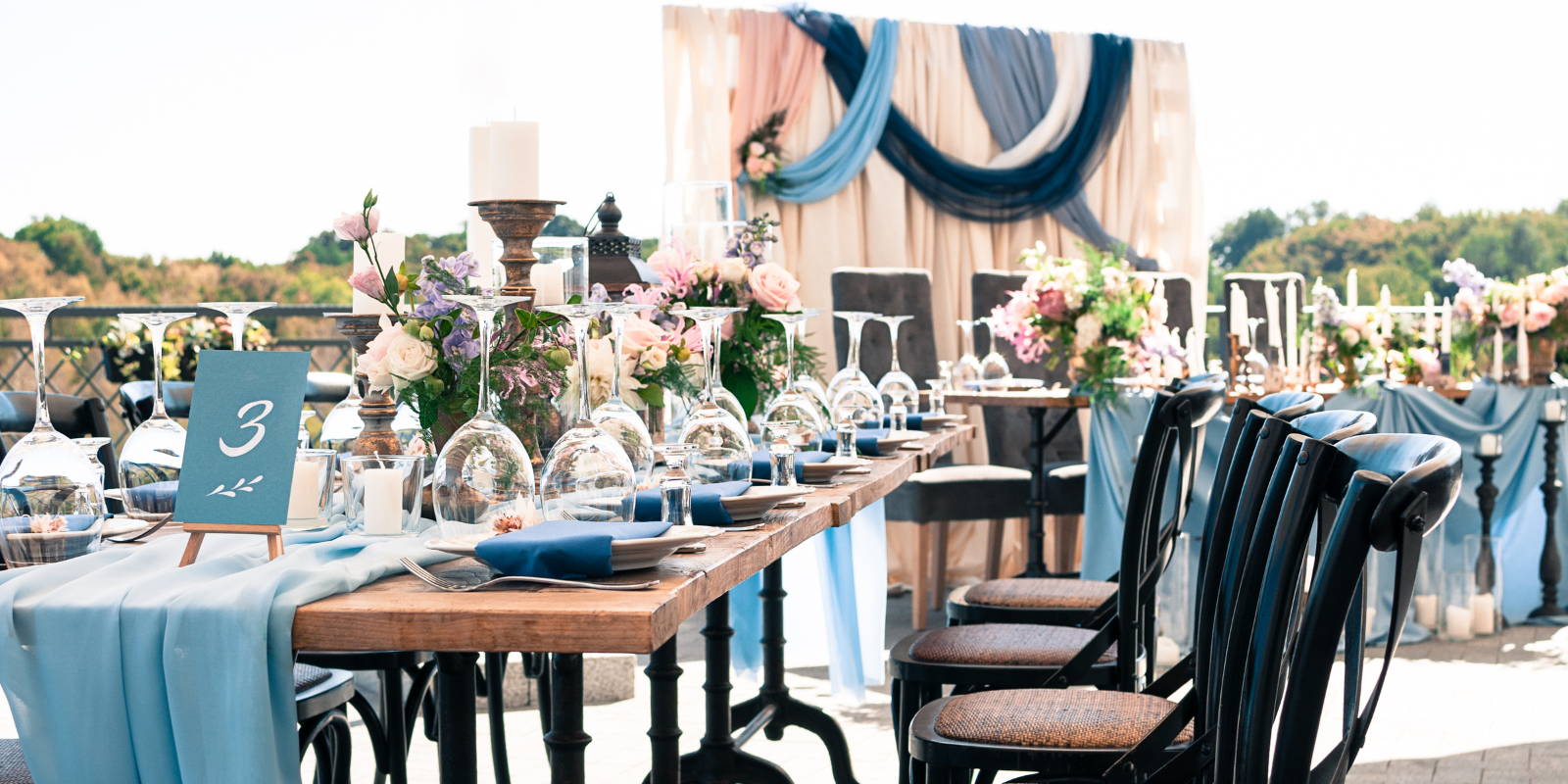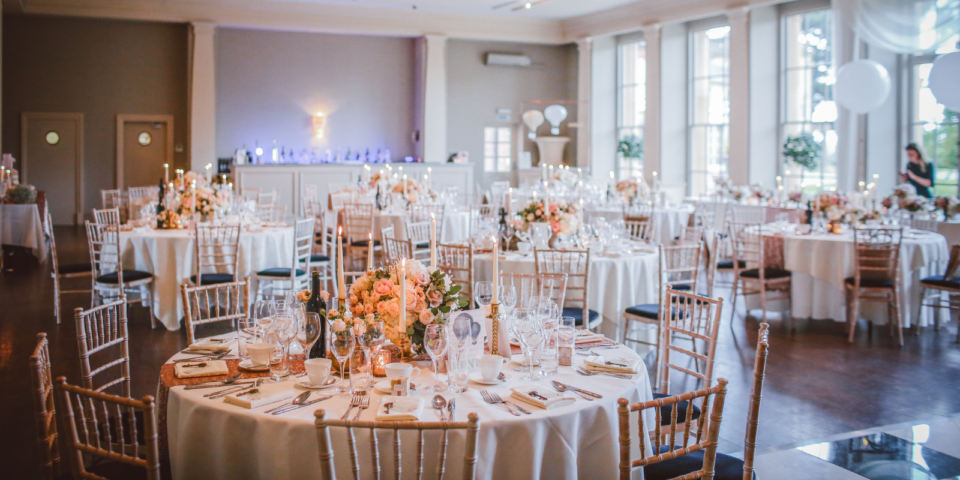Your seating chart will be an essential part of your wedding reception and plays a big role in setting the tone for your guests’ experience. A thoughtful, practical seating chart will ensure all of your loved ones are comfortable – while avoiding any potentially awkward situations!
So, what should you consider before mapping out your perfect floor plan? From timelines to digital tools and etiquette tips, read on for 8 wedding seating chart do’s and don’ts you need to know about.
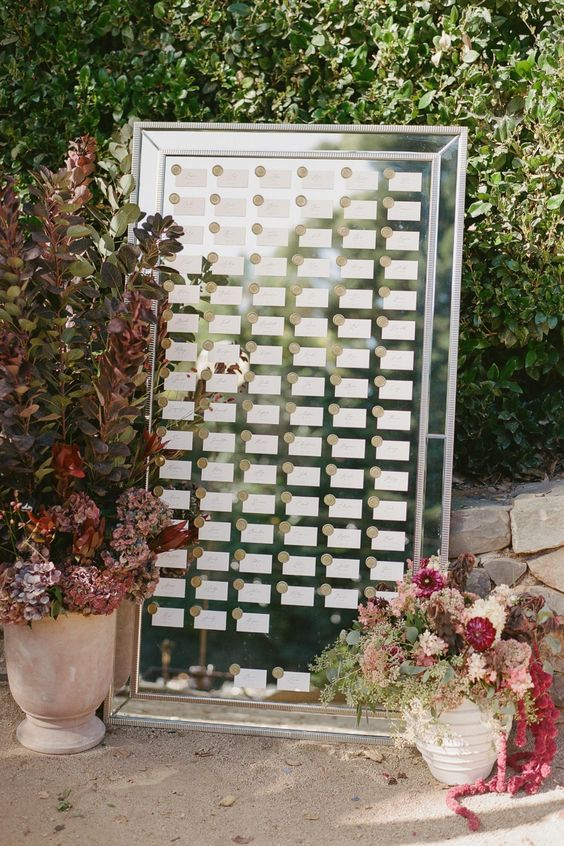
Do: Start Early
Creating a seating chart for your wedding can be a daunting task, so it’s important to start early. You’ll want to make sure you have plenty of time to think things through and make any necessary changes leading up to your event. Ideally, you should start working on your seating chart as soon as your RSVPs start rolling in, and aim to have it finalized at least 3 weeks prior to your wedding day.
Don’t: Overcrowd Your Tables
Keeping your guests comfortable should be front of mind when designing your wedding seating chart. While it might seem tempting to free up some floor space by using less tables, this will only leave your guests feeling cramped and claustrophobic!
Most standard tables will seat between 8-10 guests, and you’ll also need to allow at least 1.5m between tables for food service. Be sure to play around with different table layouts (eg: round tables vs long tables) to find the most comfortable fit for your venue.

Do: Seat Guests Together Who Know Each Other
Consider the existing relationships between your guests when creating your seating plan, and try to seat them together where possible. Start by grouping your guests into relevant categories (eg. school friends, mutual friends, extended family) and use these groups as a guide for your table settings.
With this in mind, it’s also a good idea to include some new faces at each table, to encourage mixing and mingling amongst your friendship groups.
Tip: Use our digital guest list manager here at WedSites to easily categorize your guests into groups and households.
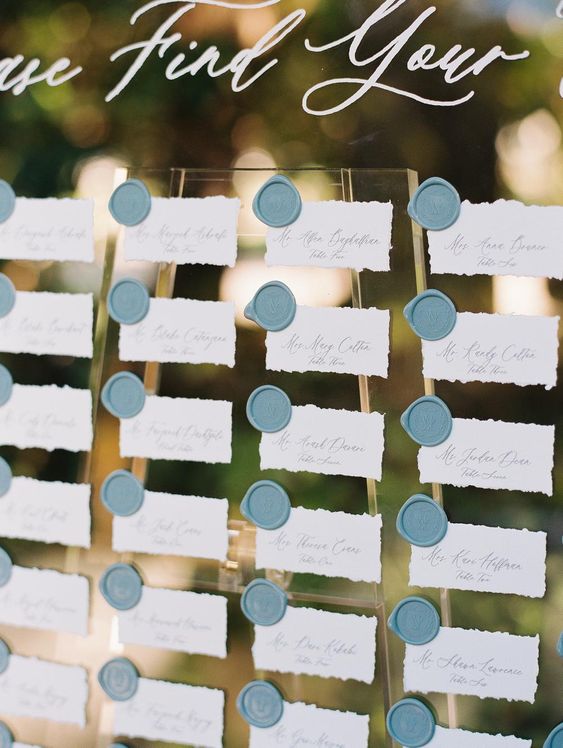
Don’t: Create a Singles Table
Creating a singles table may seem like a good idea in theory, but it can actually be quite uncomfortable for your guests! Instead, seat your single guests with people they know or with other guests who have similar personalities and interests.
Do: Accommodate Special Circumstances
When creating your wedding chart, it’s important to consider any special circumstances and make accommodations where possible. For example: don’t seat elderly guests right next to the band, and ensure any handicapped guests have easy access to their table.

Don’t: Forget About The Kids
If you have children attending your wedding, you’ll need to think about their needs as well. Consider setting up a dedicated kids table with activities and games to keep them entertained, and seating younger children with their parents. If you’re not quite sure how to seat the kids on your guest list, reach out to their parents for clarification.
Check out our guide to planning a kid-friendly wedding here.
Do: Use a Digital Seating Chart Tool
Creating a seating chart can be a time-consuming process – but thankfully, there are some digital tools available to make it easier! Instead of fumbling around with post-it notes and scraps of paper, a digital tool will help you keep everything together in one place.
Our drag-and-drop seating chart builder here at WedSites allows you to arrange your guests, note dietary preferences, quickly make changes and print out your final copy for your wedding suppliers.
Learn more about our seating chart tool here.
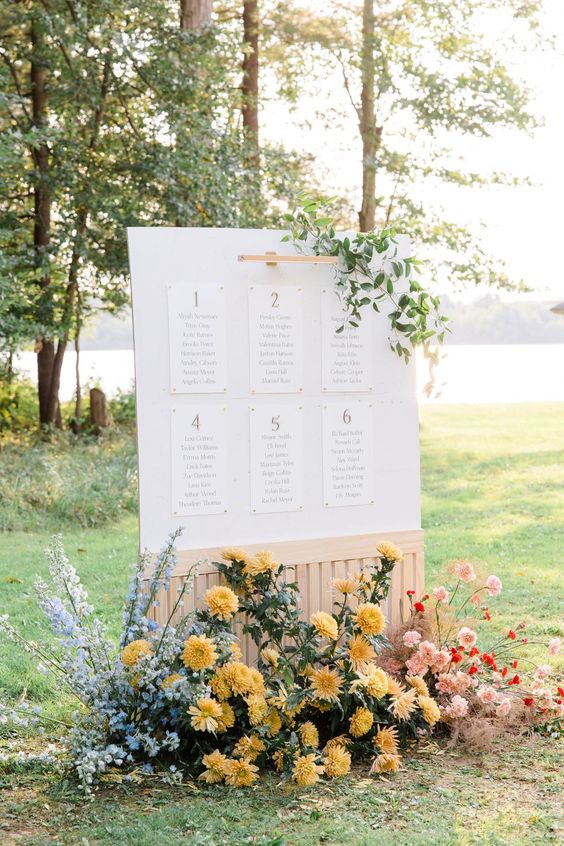
Don’t: Lose Sleep Over It!
Finally, remember that your seating chart is just one part of your wedding reception. While it’s important to be thoughtful about your seating plan, try not to lose sleep over it (and remember, you can’t please everyone!).
At the end of the day, your guests are there to celebrate with you, and they’ll be sure to have a good time regardless of their seating arrangement. Want more inspiration? Check out these seating chart display ideas for all kinds of budgets here.
